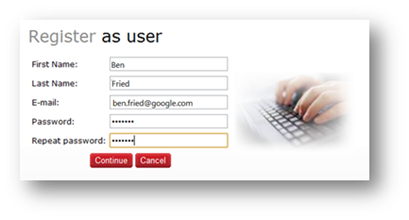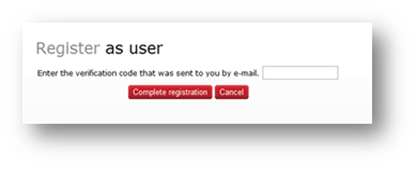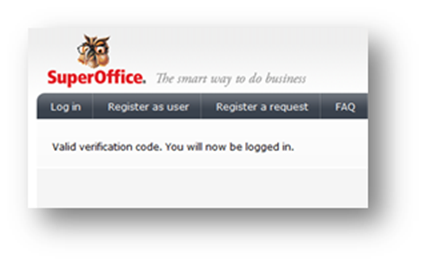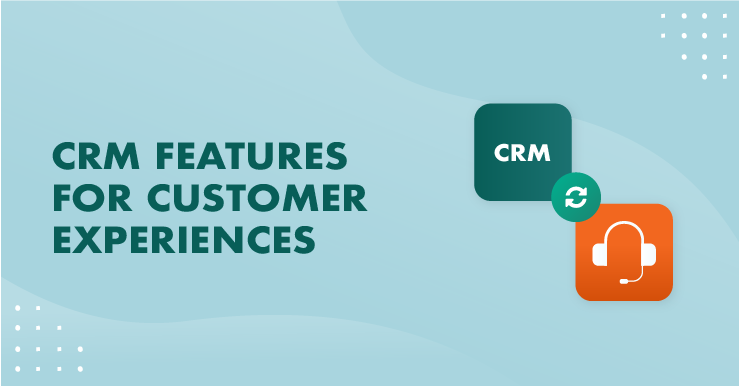Our Support agents need to know who the customer is, in determining if they are eligible to our support services. How do we make sure they are who they say they are? Our customer service solution uses their email address information to look up the customer. When the customers register themselves on our support center, they may submit a wrong email address. It could be either by error, or by wanting unauthorized access to our support center. How could we in a manageable fashion automate a quality assurance of their email address?
Our support agents are replying by email to tickets registered on our support center, and they need to make sure the email address is valid. A reply to an erroneous email address makes our response not being received. It is a tedious route for resolving this. And our effort to respond quickly to customer requests so that it increases customer satisfaction will fail. We needed to streamline and ensure the quality of customer contact on a growing amount of requests.
Another benefit is that it prevents unauthorized access to our support center. Only customers with a valid maintenance agreement are eligible to download our software.
So how do we know who the customer is, by their email address? We use our own software, “SuperOffice Customer Service”, which solves this for us out of the box. Customer Service is part of our CRM system - with all the data required to identify the customer. But a CRM system is much about data quality. If some of the unique identifiers are corrupt, the automation is gone. Is their email address updated? Do they have aliases? Do they use their private mail address? Have they registered the wrong one? Data quality is a key to automate processes; otherwise it simply will not work.
So we needed some kind of functionality for user and email verification. The need for collecting and storing correct user information was an important piece of the puzzle to create a more efficient support service, and help us work effective and professionally when helping your customers.
How have we implemented it to our customer registration method?
This procedure could also been used for validating the customers mobile phone number, by using Customer Service SMS module, instead of email verification.
We only use the verification for the registering process, but if you see the need for the extra security, you may also implement this for each login.
That is a similar practice a lot of popular services/sites have recently implemented,“Two-factor authentication”, to make sure your accounts don't get hacked.
So what is “Two-Factor Authentication”? Google's spam guru, Matt Cutts, put it best: “Two-factor authentication is a simple feature that asks for more than just your password. It requires both "something you know" (like a password) and "something you have" (like your phone). After you enter your password, you'll get a second code sent to your phone, and only after you enter it will you get into your account.”
Here are some services that support two-factor authentication:
- Google/Gmail: You can learn how to do it here, or check out Google's official documentation for more info.
- LastPass: you can read up on how to enable it here.
- Facebook: You can find instructions on how to do it here.
- Dropbox: Do yourself a favor and enable two-factor authentication using these instructions.
- Yahoo! Mail: Go here to read how enable their two-factor authentication
- Amazon Web Services: supports the Google Authenticator app
By the way, if you use any of these services, you should consider enabling two-factor authentication —it's one of the best ways to keep your data safe!







